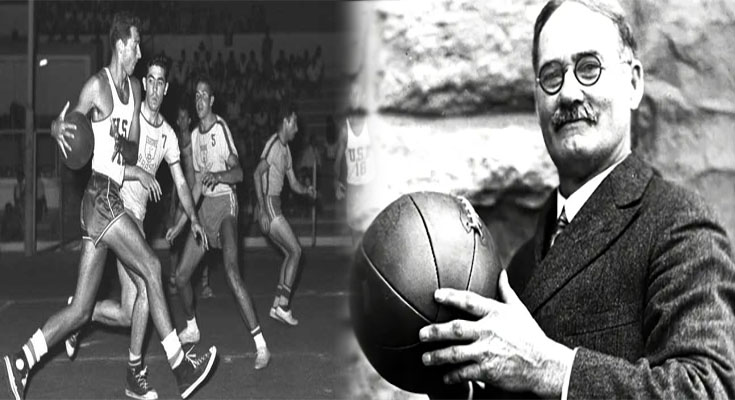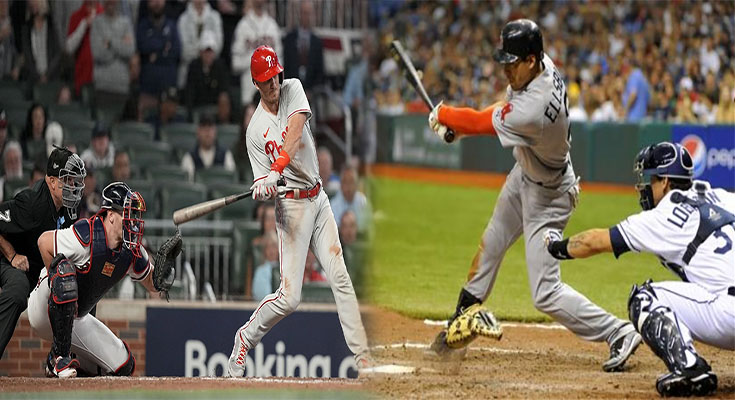
Basketball History: Origins and the Inventor Background
Basketball is one of the most popular sports worldwide, enjoyed by millions of fans and players. However, the game we know today has a rich history and unique origin story. In this article, we will explore the origins of basketball, its inventor’s background, and how it evolved over the years.
Origins of Basketball:
Basketball was invented in 1891 by a Canadian physical education instructor named James Naismith. Naismith was tasked with creating a new game that would be less violent than football and could be played indoors during winter. Naismith came up with basketball by nailing peach baskets at both ends of a gymnasium and throwing a soccer ball into the baskets to score points.
The game quickly caught on, with the first official match being played on December 21, 1891, between Naismith’s students in Springfield, Massachusetts. The game has since become a global phenomenon, with professional leagues, international competitions, …
Basketball History: Origins and the Inventor Background READ MORE

